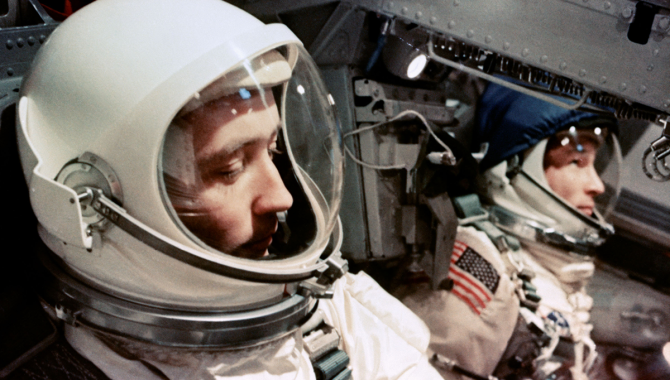
This Month in NASA History: Engineering the First American Spacewalk
Read More
Gemini IV astronauts solve hatch problems, test human endurance.

Gemini IV astronauts solve hatch problems, test human endurance.
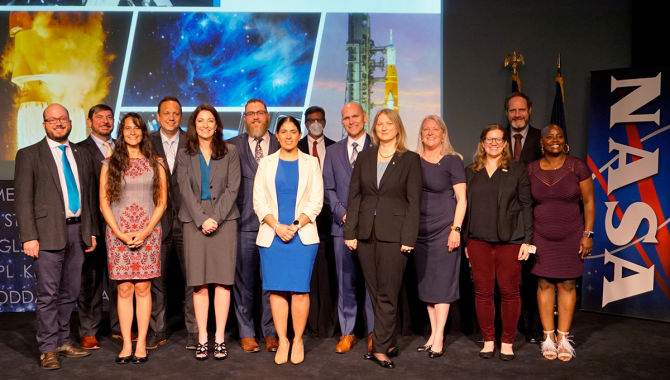
Cohort completed systems engineering and leadership development program during pandemic.

PgM Series features facilitated seminars on program management.

Robotic lander series demonstrated lunar surface would support Apollo’s Lunar Module.
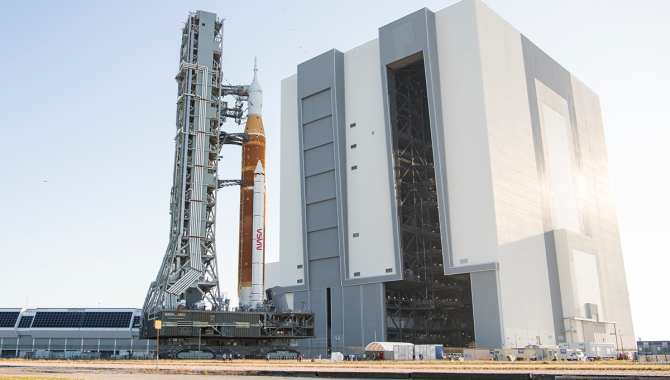
Small Steps, Giant Leaps series features engineering leaders.
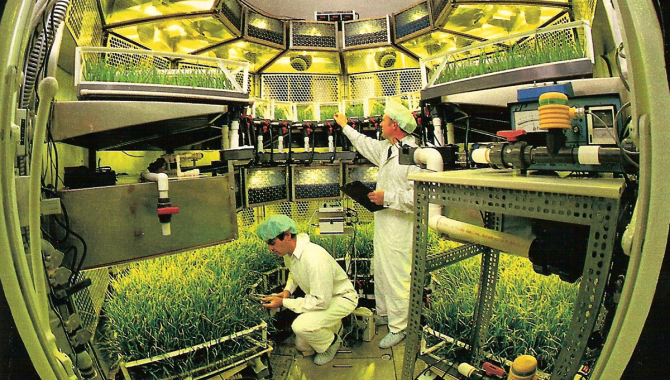
Publication highlights NASA technology improving life on Earth.

Well-trained shuttle crew works to activate malfunctioning satellite.
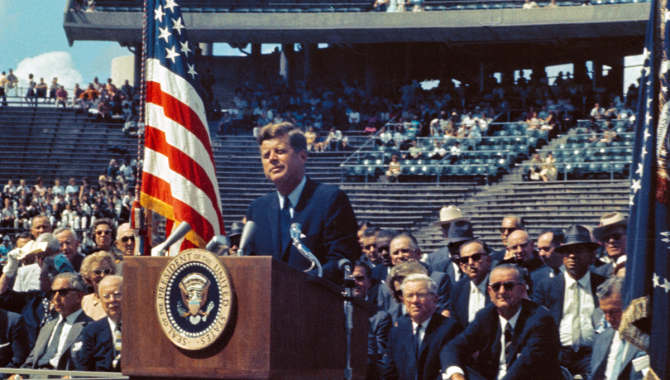
How leaders can foster cognitive diversity and align personal and organizational goals.
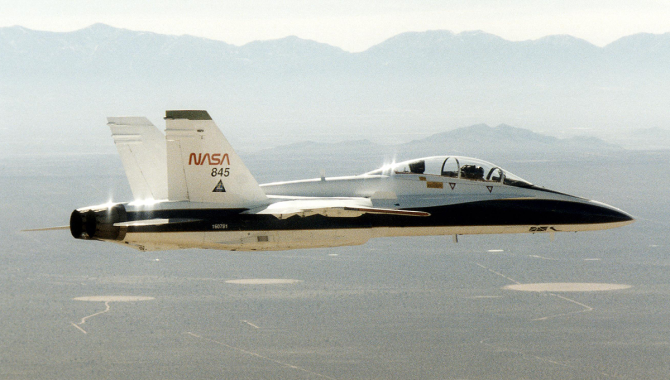
Event keynote examines a key metric for teams seeking to innovate at the leading edge.